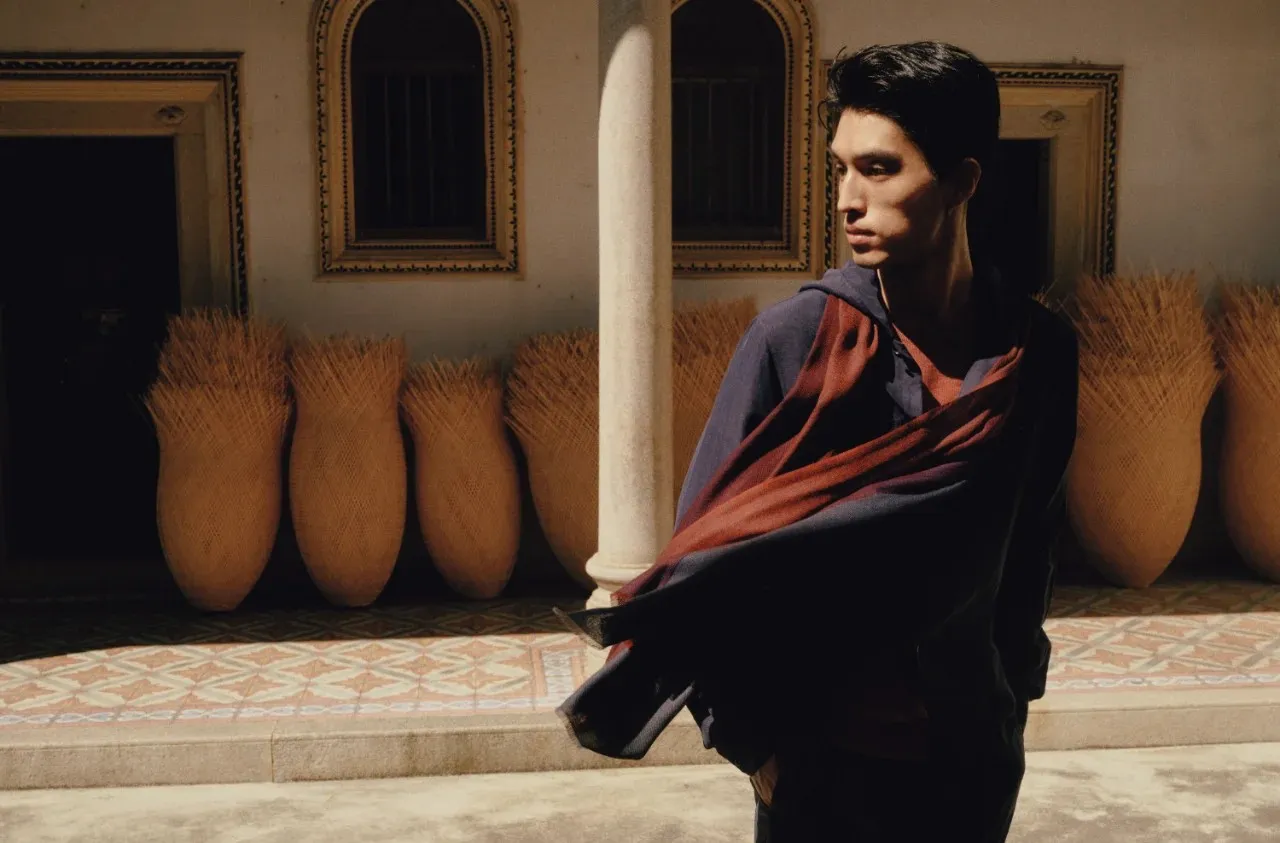Is Recalibration Needed? A New Strategic Direction for the Luxury Watch Industry

The luxury watch industry faces a critical inflection point. Despite pockets of growth in 2024, the sector shows marked deceleration, with Swiss export data revealing a -2.8% global decline and February’s -8% YoY drop. The 2025 outlook remains negative amid stagnant Chinese demand and weakening US/Japan markets.
Key headwinds include economic uncertainty, geopolitical tensions, secondary market disruption, shifting consumer values, and alternative luxury expressions challenging traditional watchmakers.
However, opportunities exist for brands adopting innovative engagement strategies that resonate with next-gen consumers seeking more than status symbols. The Watches and Wonders Geneva Fair promises a showcase of emerging trends and innovations, and CXG will be onsite to capture key insights.
A. Factors Behind the Slowdown: Disruption in Many Forms
Several interrelated factors have contributed to the industry’s growth challenges:
- Macroeconomic headwinds have significantly dampened consumer confidence, particularly in key markets where luxury watches have traditionally performed well. Economic uncertainty has made consumers more cautious about significant discretionary purchases, while price hikes have contributed to the slowdown in spending.
- Generational value shifts present perhaps the most fundamental challenge. Gen Z consumers prefer experience-oriented purchases over traditional status symbols. For them, luxury timepieces lack the emotional resonance found in experiential luxury. Younger generations prioritize utility over status, explaining the Apple watch’s popularity. Collecting as a hobby interests them less.
- Digital transformation challenges an industry reliant on tactile experiences. Some watch brands, e.g., Cartier, have seamlessly translated the in-store experience into a compelling digital narrative and engaging experience using various innovative technologies, including AR and VR, but this is not necessarily categorically the case. Having said that, while DTC channels receive increased focus, CXG’s advocacy index in the watch industry rose from 45% (2019) to 60% (2024), highlighting growing awareness of in-store engagement models as a counterpoint to digital channels.
- Disruption from sophisticated resale markets has profoundly affected the traditional luxury watch business model. This $24 billion sector outpaces the primary market, with projections indicating 8% annual growth despite industry slowdown. Platforms like Swiss Watch Expo, Vestiaire Collective, Chrono24, and The RealReal have professionalized the once-informal ecosystem, introducing price transparency that alters consumer value perception. Industry responses vary. Some brands maintain the status quo, while others have launched certified pre-owned programs to capture secondary market value. Brands like Rolex, Audemars Piguet, Vacheron Constantin, and Patek Philippe have implemented varying certified pre-owned initiatives, recognizing the secondary market’s importance to long-term strategy.
Other Disruptive Forces
Beyond the disruption stemming from the popularity of smartwatches, shifting consumer preferences, and secondary market forces, several other disruptive forces challenge traditional luxury watchmakers:
- Direct-to-consumer premium brands offer compelling value propositions. Companies like Christopher Ward, Baltic, AnOrdain, Brew, and Furlan Marri offer distinctive designs and quality craftsmanship at more accessible price points by eliminating traditional distribution costs. This appeals to customers seeking premium watch products trying to avoid waitlists.
- Alternative ownership models like watch rental services are gaining traction. Watch Lending Club’s inventory includes over 100 diverse models with regular updates. Similarly, French company Rent a Watch offers luxury watch rentals with two subscription tiers, providing access to high-end timepieces without ownership commitments.
B. Some Industry Context
The luxury watch market faces deceleration after years of robust growth. Market control now lies with a few large conglomerates and select successful independents. This concentration raises questions about long-term growth potential as brands rely on pricing strategies over volume increases to drive revenue.
The industry’s fundamental tension balances exclusivity against accessibility. Traditional luxury brands have maintained prestige through limited production and exclusive pricing. Their conservative approach to tech innovation and marketing conflicts with contemporary consumer expectations. Today’s luxury consumers demand brands embrace sustainability, inclusivity, and digital engagement—areas where traditional watchmakers lag behind.
C. Watches Vs. Jewelry: Divergent Growth Paths
The jewelry and watchmaking industries have experienced vastly divergent growth paths. While the watch industry faces headwinds, the jewelry sector maintains healthy growth rates in the high single to low double digits. These factors, while in some cases unique to the jewelry industry, do suggest potential strategic directions for watch brands to mimic and adapt to their industry to recapture growth momentum. They include:
- More accessible entry points allow consumers to enter the jewelry category at various attractive price points.
- Intrinsic material value in gold and gemstones provides tangible assurance of worth.
- Emotional resonance through personal significance and milestone celebration.
- Contemporary design flexibility allows jewelry to evolve more rapidly with changing tastes.
- Multi-occasion wearability delivers greater perceived value through frequent use.
- Easier Customization in terms of material and gemstones, style, engravings, and size options.
D. Industry Response and Adaptation
The industry has not remained passive in the face of these challenges. Several key adaptive strategies have emerged, although more advanced and innovative strategies may be needed.
i. Direct retail has intensified as brands pursue distribution oversight. Rolex’s Bucherer acquisition exemplifies vertical integration designed to maintain brand experience control; converting Bucherer multi-brand locations to Rolex-only retail symbolizes this trend. This approach minimizes wholesale challenges, including brand advocacy, standards compliance, and pricing control.
ii. Strategic collaborations with luxury brands position watches within broader lifestyle contexts. TAG Heuer’s partnership with Kith, reviving their iconic Formula 1 watch, transcends typical co-branding by connecting TAG’s heritage as a popular entry-level 80s/90s timepiece with contemporary streetwear influence. These limited-edition pieces, featuring refreshed designs, resonate with younger, fashion-forward audiences seeking modern, urban aesthetics.
iii. Digital transformation initiatives through AI, blockchain, and supply chain modernization are progressing unevenly across the industry. Breitling’s ‘Digital Passport’ leverages blockchain to create NFT-based certificates verifying a watch’s authenticity, ownership, and service history. This enhances traceability while enabling unique services like online valuation and the Breitling Trade platform.
E. Facing the Headwinds: Strategic Recommendations
To navigate this challenging landscape, forward-thinking luxury watch brands could consider a strategic rebalancing by:
- Delivering emotionally resonant storytelling through focused recruitment, training, and communication. Stories behind watches—their creation, heritage, and meaning—often matter more than specifications. Signature experiences deepen storytelling and ensure consistency across regions. Omega exemplifies a brand aligned with high-end sportsmanship, crafting messaging around adventure, speed and pioneering spirit.
- Developing “phygital” experiences that create immersive brand interactions transcending the limitations of either channel. Hublot pushes technological boundaries through initiatives like the “Unico Experience,” where guests explore timepiece manufacturing in virtual environments.
- Optimizing omnichannel excellence by streamlining digital and physical retail convergence to create seamless transitions between online discovery and in-person experience and embedding technological innovation in hybrid watch propositions to enhance ownership experience.
- Diversifying price points through careful curation to expand the consumer base without diluting brand equity. Creating accessible entry points while maintaining exclusive high-end offerings cultivates relationships with future core customers.
- Participating strategically in the secondary market to establish control and potentially monetize secondary sales through wholesaler programs or in-house resale channels. Certified pre-owned programs represent early strategies, as demonstrated by Rolex.
- Repositioning watch brands as lifestyle brands through unconventional partnerships that market luxury watches within broader contexts. Tag Heuer exemplifies this strategy.
- Implementing sustainability initiatives through circular business models emphasizing longevity, repairability, and responsible sourcing. Richard Mille prioritizes durable, recyclable materials and energy-efficient manufacturing processes.
- Cultivating brand communities centered around shared passion rather than ownership. Community-building transforms customers into advocates and creates resilience against market fluctuations. A.Lange & Söhne engages exclusive clientele via events like the Pendry Residences gathering featuring live watchmaking demonstrations.
Conclusion
The luxury watch industry faces unprecedented challenges, but its craftsmanship, heritage, and artistry core values remain powerful differentiators in an increasingly homogenized marketplace. The future may see watch brands transform from product brands to lifestyle brands. The industry can navigate current headwinds and emerge with renewed relevance by recalibrating strategies to align with shifting consumer values and innovative technologies while preserving essential qualities. Customer experience—through brand communities, exclusive events, immersive experiences, excellent after-sales service, and emotionally resonant storytelling—remains a powerful differentiator that attracts younger customers and nurtures collector loyalty.



